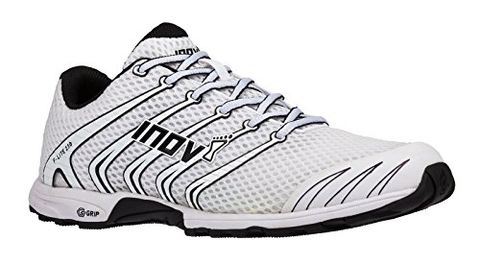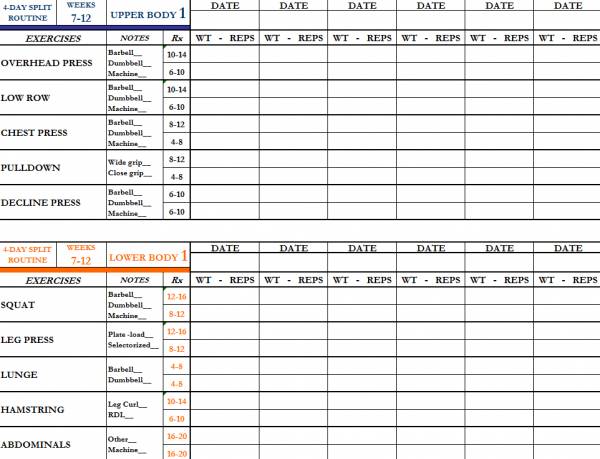
Your imagination only limits the potential earning potential for a personal training career. Personal training can help clients achieve their fitness goals. A personal trainer can encounter many types of clients. You can specialize in a specific client type if you have previous experience. Most certifying bodies offer specialty certifications.
What are the requirements to become a personal coach?
There are requirements for becoming a personal coach if you are seeking a career in the fitness industry. There are not many requirements. However, there are some things you need to do. These include being at the minimum 18-years old, and holding a highschool diploma or GED. There are also several advanced certifications that you can take.
Personal trainers must have excellent customer service skills. You need to be able and able analyze clients' fitness goals and provide the best services. You should also have good communication skills, as you will be on your feet for long periods of time.

Job duties
A personal trainer's job duties are varied. These include sales and marketing, as well running personal training sessions. They need to be able book and manage client time slots. They must be able communicate with clients about their training options and the various options available to them, and also respond to questions. They will also need to be able support the gym team with their marketing and promotions.
Personal trainers can be recognized as fitness professionals that specialize in exercise and improving body function. They use their knowledge and expertise to deliver tailored exercise programmes to clients, thereby helping them form positive long-term habits. They can help clients of all ages, fitness levels, and genders.
Certification
First, get your certification if you're interested in being a personal trainer. The American College of Sports Medicine, (ACSM), offers many certifications in this field. These certifications include topics like nutrition, injury prevention, and low-back disorders. ACSM also offers medical certifications.
Along with obtaining your certification you need to continue studying the industry. It is important to become familiar with the latest developments and technologies in the field. Also, you should be aware of the many types of workout programs. This can be achieved through continuing education or through workshops by the American Council on Exercise.

Outlook for the Job
Personal trainers have a bright future. According to the U.S. Bureau of Labor Statistics, there is a 10 percent increase in demand for fitness trainers. This growth is much faster than that of all other occupations. This industry has many opportunities for entrepreneurship and management.
Fitness trainers have 69,000 open positions each year. Personal trainers are an integral part of health clubs' efforts to offer high-quality services. While the average personal trainer earns $40,700 per annum, it is possible to make a lot of money depending on where they reside.
FAQ
How do I get started with fitness?
Start small. Begin by taking 10 minutes each morning to walk around the block. This will teach you the basics of movement and give your muscles time for adaptation. Once you've mastered this simple form of exercise, try adding more steps to your daily routine.
What is the value of good nutrition?
Good nutrition is vital for our health. A healthy diet is one that includes fruits, vegetables whole grains, lean proteins, dairy, and legumes. A healthy diet will help you stay active and fit, which in turn leads to better overall health.
What are Resistance Training Exercises?
Resistance training involves using weights or other objects to perform specific movements. Lifting weights will strengthen your arms. Resistance training increases muscle mass, bone density, and overall strength.
Is exercise good for me?
Yes. Regular exercise is a great way to lose weight. Exercising can increase your metabolism so that you can burn calories even when you're not working out.
Statistics
- An estimated 110,000 deaths per year could be prevented (cdc.gov)
- Physical activity confers the following maternal and fetal health benefits: a decreased risk of pre-eclampsia, gestational hypertension, gestational diabetes (for example, 30% reduction in risk) (who.int)
- Globally, 28% of adults aged 18 and over were not active enough in 2016 (men 23% and women 32%). (who.int)
- In high-income countries, 26% of men and 35% of women were insufficiently physically active, as compared to 12% of men and 24% of women in low-income countries. (who.int)
External Links
How To
How to Stay Fit While Pregnant
You experience many changes during pregnancy. You experience a slowing of your metabolism and a decrease in food intake as you grow a child inside. Insufficient sleep can make you feel sick. You can still enjoy this time of life, but you can stay healthy.
First things first, you should check with your doctor before starting any exercise routine. They will be able to tell you what exercises to avoid and which ones they recommend you do safely. Also, ensure you eat well all through your pregnancy. This includes eating lots of iron, fiber, protein, and fiber. Third, drink plenty of fluids. Since sweat causes fluid loss, it is especially important that you drink water while you exercise. Finally, take care of your feet. Wear shoes that are supportive and dry. Take small bites of toast or crackers if morning sickness is a problem. You could feel nauseated.
-
Healthy eating habits are important. A healthy diet is important throughout your entire pregnancy.
-
Stay active. Get active for at least 30 minutes each day.
-
Maintain a Healthy Weight Losing weight can be achieved by eating smaller meals and snacking more often.
-
Get Enough Sleep. Get at least 7-9 hours sleep each night.
-
Manage Stress. Learn relaxation techniques.
-
Avoid Alcohol. It can cause miscarriage or birth defects.
-
Be kind to yourself. Be gentle with yourself.
-
Take care of yourself. It is important to have someone keep an eye on you whenever you feel the need.
-
Relax. Do things that make YOU happy.